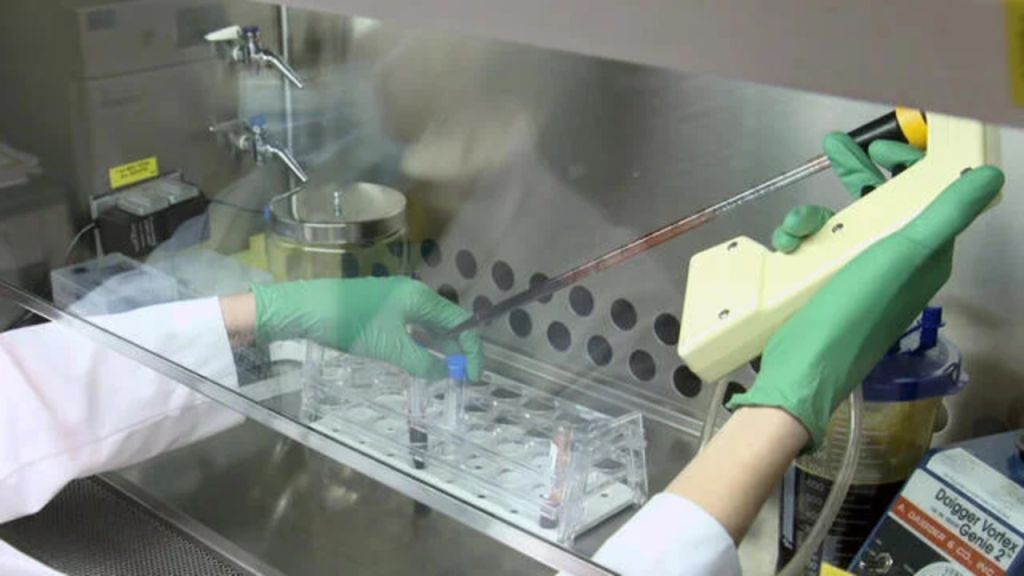
A New Jersey teenager has become one of the first in the state to live pain-free after receiving a revolutionary gene therapy treatment for sickle cell disease, a condition he has battled since birth.
Eighteen-year-old Gerald Quartey, who previously endured chronic pain and regular hospitalizations, is now experiencing life without the daily challenges of his illness. He was treated at the Hackensack Meridian Joseph M. Sanzari Children’s Hospital, becoming the first patient in New Jersey to receive the gene therapy Lyfgenia (lovotibeglogene autotemcel) outside of clinical trials.
The treatment, developed by Bluebird Bio, was approved by the U.S. Food and Drug Administration (FDA) in December 2023 for individuals aged 12 and older with sickle cell disease. Lyfgenia is a one-time gene therapy designed to tackle the root cause of the condition by helping the patient’s body produce normal, healthy red blood cells.
Sickle cell disease is a hereditary blood disorder that causes red blood cells to become misshapen and rigid. These “sickle-shaped” cells can block blood flow, leading to severe pain, fatigue, and potential organ damage. The condition disproportionately affects people of African descent and impacts around 100,000 Americans.
According to the Centers for Disease Control and Prevention (CDC), the disease can lead to serious health issues such as strokes, infections, and episodes of intense pain known as “sickle cell crises.” For patients like Gerald, these crises have often meant repeated hospital stays and limited ability to enjoy a normal teenage life.
But Gerald’s life began to change after he underwent the Lyfgenia gene therapy.
The procedure involves several intensive steps. Doctors first collect a patient’s stem cells, which are then genetically modified in a laboratory. Next, the patient receives high-dose chemotherapy to eliminate the diseased bone marrow, followed by the re-infusion of the corrected stem cells.
These altered cells begin producing healthy red blood cells with functional hemoglobin, gradually replacing the sickled cells and reducing symptoms over time.
“This is essentially a cure,” said Dr. Stacey Rifkin-Zenenberg, who oversaw Gerald’s treatment. “For the first time in his life, Gerald is not in pain every day. He can enjoy activities like walking, exercising, and simply living without constant suffering.”
Gene therapy like Lyfgenia marks a significant milestone in the treatment of sickle cell disease. While traditional treatments focus on symptom management, gene therapy aims to correct the genetic mutation that causes the disease.
However, this cutting-edge treatment does come with challenges. The procedure requires hospitalization, chemotherapy, and close monitoring. There are also potential side effects, such as fertility issues and long-term health risks. Cost is another major concern—Lyfgenia is priced between $2 million and $3 million per patient.
Despite the high price tag, doctors and families are hopeful that insurance coverage and government support will make the treatment more accessible to those who need it. The FDA has categorized Lyfgenia as a “breakthrough therapy,” acknowledging its potential to dramatically change the lives of patients.
For Gerald and his family, the results have already been life-changing. “It’s like a new beginning,” he said. “I can do things I never thought I’d be able to do without pain.”
As research advances and more patients undergo gene therapy, medical professionals hope that what was once considered a lifelong condition can be effectively cured.
